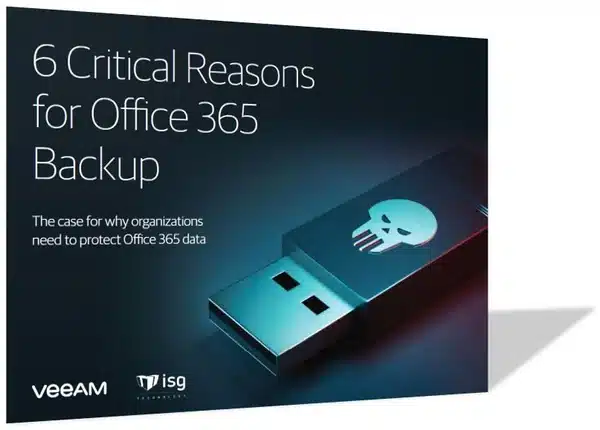Our second annual Backup School webinar series is officially in the books.
Session one, Going Beyond Backup to Ensure Zero Downtime, focused on business continuity. We helped distinguish between backup, disaster recovery and business continuity, and then provided a four step methodology for getting your business continuity plan up and running.
Session two, Everything You Need to Know About Backup for Office 365, illuminated six critical reasons why you need to backup your Microsoft Office 365 data.
Couldn’t make it? Took a snooze during class? Or maybe your system crashed right before you were going to attend? No worries. Below you’ll find four lessons learned at backup school this year.
LESSON 1:
Backup and disaster recovery are data-centric whereas business continuity is business-centric
 We introduced the Zero Downtime Maturity Scale, which provides a hierarchy for getting started with business continuity. Atthe bottom of the pyramid is making sure your data is backed up with 3-2-1 backup best practices.
We introduced the Zero Downtime Maturity Scale, which provides a hierarchy for getting started with business continuity. Atthe bottom of the pyramid is making sure your data is backed up with 3-2-1 backup best practices.
Moving up the scale, the focus turns to disaster recovery, which focuses on knowing how much data you can afford to lose (RPO) and how much time you can afford to be down (RTO). Both of these first two levels are data-centric.
When your data protection strategy is in place, it’s time to turn your attention to your business continuity plan – ensuring that your organization understands it’s biggest risks, and what to do in certain situations.
LESSON 2:
Over half of survey respondents were “middle of the road” on the Zero Downtime Maturity Scale
66% of our attendees said that their backups were in good shape, and they are focused on disaster recovery strategy (middle of the road). Almost a quarter of the respondents (24%) said they were in the early stages, focused on getting their backups figured out. And the remaining 10% have data-centric business continuity taken care of and are focused on the business-centric planning aspects of BC.
LESSON 3:
There is a big misperception that Office 365 backs up your data
The misunderstanding falls between Microsoft’s perceived responsibility and the user’s actual responsibility of protection and long-term retention of their Office 365 data. The backup and recoverability that Microsoft provides and what users assume they are getting are often different. Meaning, aside from the standard precautions Office 365 has in place, you may need to re-assess the level of control you have of your data and how much access you truly have to it.
LESSON 4:
There are six Office 365 vulnerabilities in data protection you should be aware of
After speaking with hundreds of IT Professionals that have migrated to Office 365, six vulnerabilities in data protection rise to the top:
- Accidental deletion

- Retention policy gaps and confusion
- Internal security threats
- External security threats
- Legal and compliance requirements
- Managing hybrid email deployments and migrations to Office 365
Want to learn more about these six areas of concern? Download our Ebook:
>> 6 Critical Reasons for Office 365 Backup
